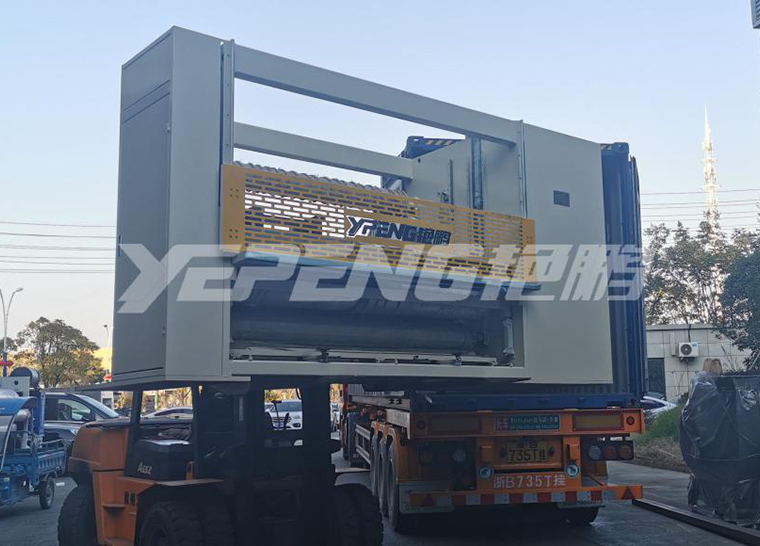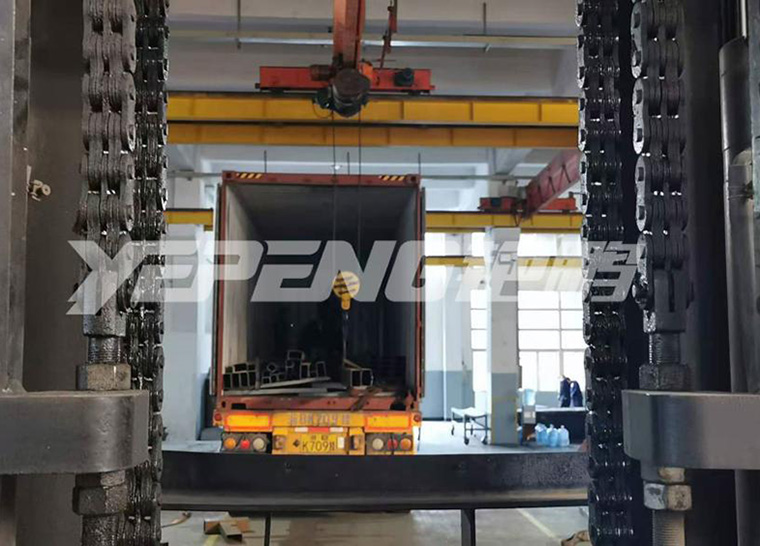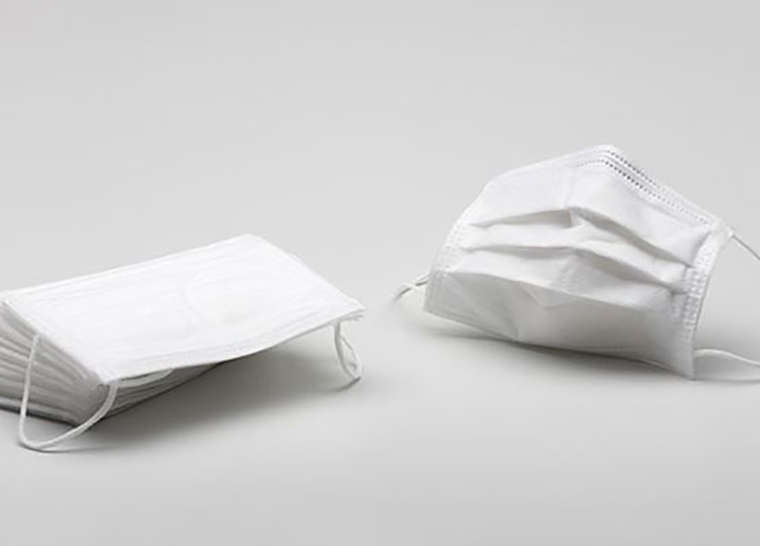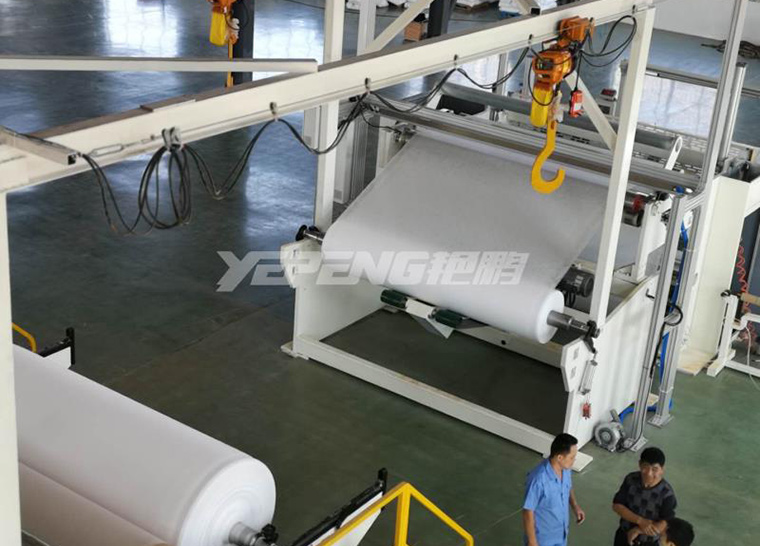The price of non-woven fabric rises
With the second outbreak of domestic public health incidents, the demand for medical materials such as masks and protective clothing has increased, and the orders of domestic non-woven enterprises have increased sharply. From the perspective of melt blown cloth enterprises, all enterprises are producing at full capacity, and the order scheduling has reached after the Spring Festival.
In terms of enterprise price, the price has increased significantly, especially in the middle of this month, from 18000 yuan / ton to 25000 yuan / ton, with an increase of 7000 yuan / ton.
In terms of operating rate, since the public health incident in 2020, the overall operating rate of domestic non-woven enterprises has been at a high level. In terms of the operating rate of melt blown cloth enterprises, from June to December, affected by the stable epidemic situation, the orders of melt blown cloth enterprises broke down and the operating rate dropped. Entering the second outbreak of domestic public health events in 2021, the orders of domestic melt blown fabric enterprises are full, and the operation rate of non-woven fabric industry reaches more than 70%.
Melt blown material prices rise
Affected by the explosion of orders for meltblown fabrics, the price of meltblown materials as raw materials has also been increased. Recently, the prices of star meltblown materials such as ExxonMobil 6936g2 and Basel 650y (South Korea and the United States) have been increased. A month ago, the market price of Basel 650y was 12000 yuan / ton. Recently, the market price has reached 15000 yuan / ton. ExxonMobil 6936g2 also rose from the average market price of 12000 yuan / ton a few days ago to 13500 yuan / ton at present. Businesses are reluctant to sell it, and it is expected to rise to 18000 yuan / ton in the future.
Raw material PP price rise
PP market is rising in an all-round way. At present, the support of PP cost side is strong, and PP futures have rebounded continuously in the near future, with an increase of more than 3% in the day, which greatly stimulates the spot price of PP; the ex factory price of petrochemicals has gone up in an all-round way, but the inventory pressure has not yet appeared, and the demand for fiber materials has increased greatly due to masks, so the spot price has gone up in an all-round way. At present, the mainstream price of North China is 8000-8200 yuan / ton, East China is 8150-8300 yuan / ton, South China is 81500-8300 yuan / ton, North China is 8000-8200 yuan / ton, East China is 8150-8300 yuan / ton, South China is 8100-8300 yuan / ton.
Sharp increase in demand for masks
Novel coronavirus pneumonia novel coronavirus pneumonia has been diagnosed by worldometer real-time data from the US website, which has been tracking the global new crown pneumonia epidemic. Up to 7 hours in January 26, 2021, the total number of confirmed cases of new crown pneumonia has exceeded 100 million cases, reaching 100203700 cases, and accumulative death cases in more than 2 million 140 thousand cases, reaching 2147411 cases in Beijing.
With the recurrence of the epidemic situation, some mask enterprises that had stopped production have returned to work and production, and the price has increased.
Cosmetics prices rise
The price of cosmetics rises. In 2020, the market of "mask heart" meltblown cloth has been very crazy, and the price of polypropylene, the main raw material of meltblown cloth, soars. With the global spread of the epidemic, many foreign high-end cosmetics enterprises have also embarked on the road of changing production of anti epidemic products. Polypropylene and other materials have experienced a round of rise. Polypropylene is also the main material for many cosmetic plastic packaging materials.
Nonwoven fabric is the base material for making facial mask. The shift of production focus of non-woven factories has greatly squeezed the production line of mask film cloth, resulting in the price increase of membrane cloth and even the interruption of supply.
At the moment when the epidemic continues, we should be more prepared for a long-term challenge, return to the essence, and attract consumers with better products than relying on price increases.








